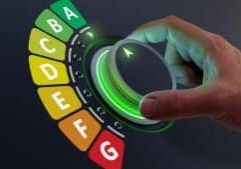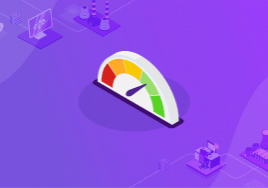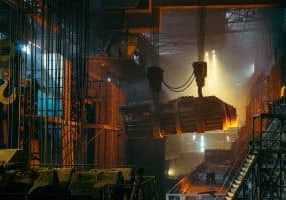Published 13/12/2023
The adoption of the EU’s Corporate Sustainability Reporting Directive (CSRD) was announced all the way back in 2021, and it came into force in January 2023, but concrete reporting for organizations will finally start from January 2024. For the first time, sustainability reporting will be of equal importance to financial reporting. It’s important to keep on top of this directive because it will affect around 50, 000 companies, including companies that aren’t in the EU. This will also have a knock-on effect in value chains.
While the implementation of new directives can require a lot of work, solutions such as an EMOS can greatly facilitate the transition to stricter reporting standards.
In this article, we have put together an overview of the main points of the CSRD, and some ways in which digital tools like an EMOS (Energy Management and Optimization Solution) can make the process much easier and efficient.
TABLE OF
CONTENTS
01
02
03
01
What is the CSRD?
The Corporate Sustainability Reporting Directive (CSRD) was implemented by the EU as part of their broader sustainability goals and European Green Deal commitments. The directive requires large and listed companies to regularly report and disclose information with social and environmental influence.

Learn more about energy efficiency regulations and financing in the European Union
The CSRD builds upon and overcomes the limitations of the Non-Financial Reporting Directive (NFRD) by increasing reporting requirements and the amount of implicated entities. Around 5 times more companies will be affected by the CSRD than the NFRD.
The directive improves transparency of ESG data, and information about risks and opportunities for companies relating to climate change and other sustainability issues. More reliable and standardized reporting will help stakeholders (including investors, consumers, and analysts) make more informed decisions.
"EU law requires all large companies and all listed companies (except listed micro-enterprises) to disclose information on what they see as the risks and opportunities arising from social and environmental issues, and on the impact of their activities on people and the environment. This helps investors, civil society organisations, consumers and other stakeholders to evaluate the sustainability performance of companies, as part of the European green deal."
European Commission, Questions and Answers on the Adoption of European Sustainability Reporting Standards.
02
Who is concerned by the CSRD and when must they comply?
It is important to note that even though the CSRD was implemented by the EU, non-EU businesses are also concerned.
The CSRD will be rolled out in multiple stages for different groups:
2024 financial year, with first sustainability statement published in 2025.
- Companies already subject to the Non-Financial Reporting Directive (NFRD) i.e. large listed companies, large banks and large insurance undertakings – all with more than 500 employees, €40 million + net turnover, €20 million + in assets.
2025 financial year, with first sustainability statement published in 2026.
- Other large companies, including other large non-EU listed companies - Companies with 250+ employees, €40 million + net turnover, €20 million + in assets..
2026 financial years, with first sustainability statement published in 2027.
- Listed SMEs (depending on country definitions), including non-EU listed SMEs. SMEs may opt out of reporting requirements for 2 more years.
2028 financial year, with first sustainability statement published in 2029.
- Listed SMEs who have not yet reported. This is the last possible date for listed SMEs.
- Non-EU companies will have to report on sustainability impacts of sustainability impact at group level if they fall under the following criteria: generating over 150 million euros per year in the EU and have either a branch in the EU with a turnover higher than 40 million euros, or a subsidiary that is a large company or listed SME. Specific standards will be outlined for this case.
03
Why use a digital EMOS tool for CSRD Reporting?
Digital tools such as an Energy Management and Optimization Solution (EMOS) will support your organization to set up an auditable and accountable CSRD. Besides the regulatory constraint, an EMOS is also an opportunity to reduce energy expenditures and improve energy procurement, but this is another subject.
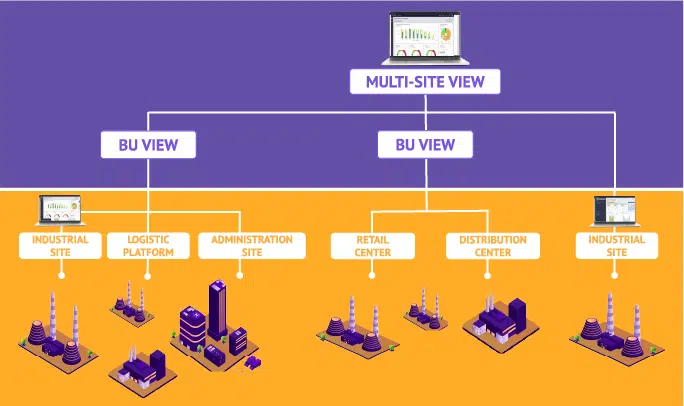
An EMOS can help with CSRD reporting in a number of ways:
Standardization of reporting across different factories, even in different countries
Centralized reporting and overview at C-Level
Automated reporting compliant with EU requirements
Automated benchmarking and detection of abnormal performances
Easy to visualize and access data using dashboards
Data science capabilities to improve energy efficiency which can be used by energy professionals with no data science background.
Can be implemented in only a few months.
Do you want to learn more about how a digital EMOS can help you with CSRD reporting?
